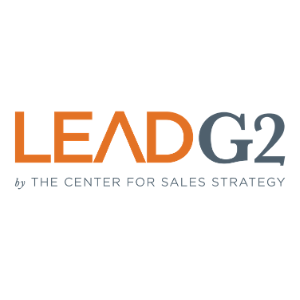
At some point in your career, it’s likely that you’ll have a conversation with a C-suiter who will tell you that your marketing budget is being cut because the company must tighten its belt.
That conversation will quickly put a damper on how you think you’re being perceived by the company and will likely have a negative effect on your enthusiasm to champion some really great marketing ideas.
It’s not that the C-suite doesn’t like you, or doesn’t appreciate your efforts, or like the work you’re doing. When you’re told that you face a budget cut, what this means is that you’re not showing value —a return on investment—for how the marketing budget is being spent.
There are a number of culprits that may be in play here:
- You might be focusing too much on branding.
- You’re doing legacy spending that has no tangible return.
- You’re not giving your sales team what they need to close sales.
- You’re not generating leads.
- You’re not getting visibility or raising the profile of the company.
- You’re not helping turn prospects into marketing qualified leads, sales qualified leads, and ultimately, new clients.
- You’re not using marketing automation to nurture a lead through the sales funnel.
- You’re not on the same page with your business development or sales team.
In effect, what’s happened is that your marketing department is being perceived as a cost center. It may be time to steer your ship into a different direction and become a revenue center.
What Your CEO, Owner, or Managing Partner Really Wants from Marketing
B2B companies of all sizes and in all industries are demanding that marketers make a transition from being a cost center into becoming a revenue center. Your department needs to deliver measurable results and you need to tie marketing activities into revenue recognition.
You need to be focused on growth and play a key role in getting more sales, faster. That may require CMOs or Directors of Marketing to reshape their position and contributions to the company.
This means you’ll have to bridge the worlds of business development/sales, marketing strategy and tactics, creative strategy and tactics, marketing technology and infrastructure, and ultimately, demonstrate how the company’s marketing has directly impacted growth goals, like getting more visibility, leads, and new business.
Revenue Centers Don’t Come Under the Knife as Often as Cost Centers
The journey from cost center to revenue center is not particularly easy, even though it makes perfectly good sense on the face of it. It’s a process that has quite a few moving parts, but the end result or goal for the marketer is noble: getting a seat at the table and living with less anxiety when budget time rolls around.
There’s a good possibility that once your transition is complete and you’re meeting or exceeding growth goals, the next conversation you’ll have with the C-suite will be about increasing next year’s budget.
.png)








Leave a Comment